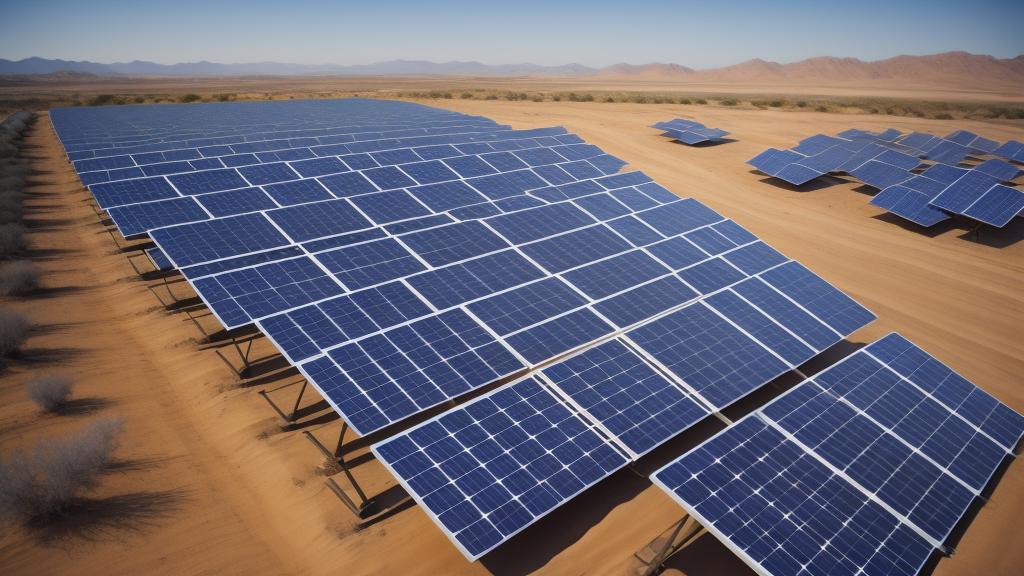In recent years, the energy landscape has been rapidly transforming, driven by an urgent need to shift towards more sustainable sources. Community solar projects are among the most exciting and engaging aspects of this transformation. Unlike traditional solar setups, which are typically installed on individual homes or buildings, community solar allows multiple participants to benefit from a single, shared solar array. This democratization of renewable energy has massive implications for both urban and rural communities across the United States.
In essence, community solar projects involve a large solar farm where participants can purchase or lease panels, or a portion of the electricity generated. This model is particularly beneficial for those who may not have suitable rooftops or who rent their homes, making solar energy accessible to a broader demographic. According to recent studies, community solar projects can reduce electricity costs by 10% to 20% for subscribers, making it a financially attractive option.
One of the driving forces behind the community solar movement is its inclusivity. These projects can address energy equity by making renewable energy accessible to low-income households. Given the disproportionate impact of high energy costs on these households, community solar projects can play a crucial role in alleviating energy poverty. For instance, jurisdictions like Washington D.C. have implemented programs that specifically aim to include low-income residents, offering substantial savings on energy bills.
The growth of community solar is also supported by changes in policy and regulation. States like New York, Massachusetts, and Minnesota have been at the forefront, implementing favorable policies that encourage the development of community solar. Incentives such as tax credits, grants, and simplified permitting processes have been pivotal in driving these projects forward. However, it's important to note that regulatory landscapes vary significantly across states, affecting the speed and feasibility of community solar project implementations.
Community solar doesn’t just benefit individual subscribers; it offers economic advantages to whole communities. Local governments can partner with developers to build solar farms on unused land, generating revenue and creating jobs. Additionally, these projects often include educational components, partnering with local schools and universities to promote STEM education and raise awareness about renewable energy.
From a technological standpoint, advancements in solar panel efficiency and energy storage solutions are making community solar projects more viable and effective. Storage options are particularly critical, as they allow excess solar power to be stored and used during periods when the sun isn’t shining. This enhances grid stability and reliability, addressing one of the traditional limitations of solar energy.
Public perception and community engagement are also key elements in the success of community solar. Unlike massive, utility-scale solar farms, community solar projects are more likely to gain local support if residents feel they have a stake in the project. Community meetings, transparency in operations, and opportunities for local investment can significantly boost community buy-in.
Challenges remain, of course. Funding can be a significant barrier, as initial capital investments are substantial. Moreover, subscription models need to be clear and consumer-friendly to avoid confusion and mistrust. Effective marketing and education can help overcome these obstacles, ensuring that potential subscribers understand the benefits and logistics of participating in a community solar project.
Looking ahead, the future of community solar seems bright. As technologies advance and policies become increasingly favorable, these projects are likely to proliferate. They represent a vital step towards a more equitable and sustainable energy future, bridging the gap between renewable energy and communities that have traditionally been left out of the green energy revolution.
In conclusion, community solar projects are not merely an innovative energy solution; they are a testament to the power of community action. By pooling resources and working together, communities can harness the power of the sun, reduce their carbon footprints, and enjoy the economic benefits of renewable energy. The rise of community solar is, indeed, a grassroots movement that promises to energize our future in more ways than one.
The rise of community solar: a grassroots movement towards renewable energy

